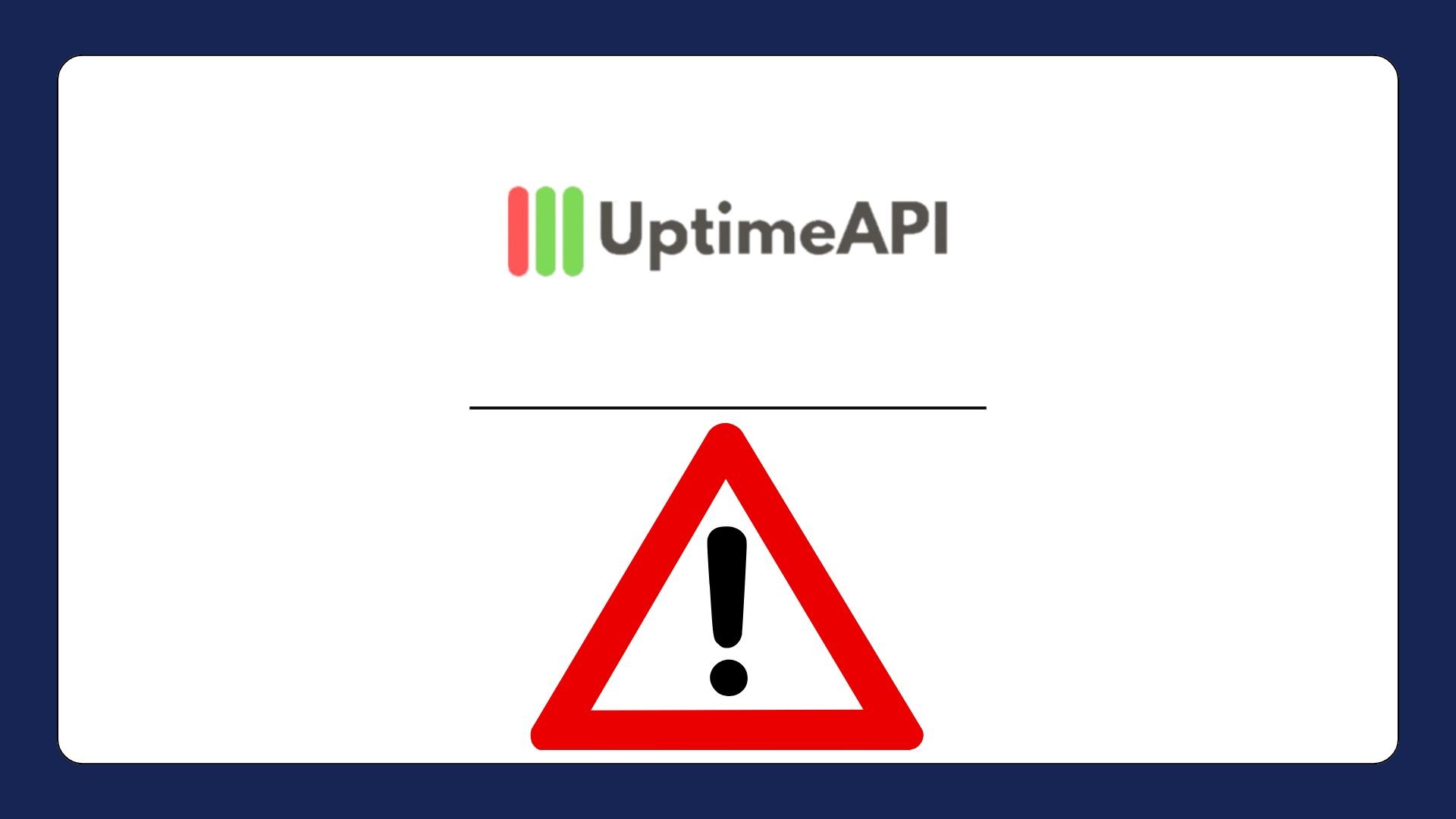API Performance Monitoring Tool For 2024

Monitoring API performance becomes essential as more companies and developers depend on APIs to power their apps. Without it, there's a chance of subpar user experiences, interrupted services, and eventually lost money. A helpful API Performance Monitoring Tool, such as Uptime API, may help you maintain ideal service levels in this scenario and give you the most up-to-date information on the functionality and state of your API.
Why Uptime API is Essential for Businesses
Businesses use APIs to manage anything from data exchanges to service integrations in today's digitally first world. These technologies are essential for daily operations, whether an e-commerce site uses an API to process payments or a healthcare facility uses an API to share patient data. An effective API can increase income, expedite procedures, and improve customer happiness. However, there may be serious repercussions if an API performs poorly or crashes.
It gives companies the resources they need to avoid these kinds of problems. Uptime API makes sure that any problems with your API are fixed before they have an effect on your users by providing thorough diagnostic reports, issuing real-time alerts, and continuously monitoring performance indicators. Maintaining operational effectiveness and making sure that clients are satisfied with your product or service depend on this proactive approach to API monitoring.
Additionally, the API is made to be user-friendly, so even teams with no technical experience may use it. You're always in charge of the health of your API thanks to its user-friendly dashboard, which lets you quickly view crucial performance metrics and alter your alert settings.
Strategic Advantages of The API Performance Monitoring Tool
Uptime API isn’t just another performance monitoring tool; it provides a strategic edge to businesses and developers alike by focusing on several key factors that elevate it beyond basic monitoring. Here are some strategic advantages that distinguish this API from other API performance monitoring solutions:
- As businesses grow and evolve, so do their API needs. An API monitoring tool needs to be scalable enough to handle the increasing complexity of multi-API systems, and Uptime API excels in this area. Whether you’re monitoring a single API or an entire suite of them, Uptime API is built to scale. This flexibility ensures that as your business grows, the tool can adapt to your expanded infrastructure without requiring significant adjustments or costly upgrades.
- One of the major downfalls for any business is reactive maintenance, where issues are only addressed after they’ve caused disruptions. This API fosters a proactive approach to API maintenance by providing early warnings about potential performance bottlenecks. For instance, if latency gradually increases, it signals a potential server issue, long before it becomes a full-blown outage.
- Investing in a comprehensive monitoring tool like Uptime API can save businesses significant amounts of money in the long run. By identifying performance issues early, you prevent downtime that could result in revenue loss, customer churn, or SLA penalties. Additionally, the insights provided by the API help optimize infrastructure, leading to more efficient resource allocation.
Conclusion
In a world where APIs play a pivotal role in delivering digital services, having an efficient API Performance Monitoring Tool is no longer a luxury—it’s a necessity. Uptime API provides the perfect solution by combining real-time monitoring, comprehensive performance metrics, customizable alerts, and detailed diagnostic tools. Whether you’re a developer managing multiple APIs or a business that relies on APIs to drive revenue, this API ensures that your APIs remain available, responsive, and optimized for success.
By choosing Uptime API, you are not only safeguarding your API’s performance but also enhancing the overall user experience, preventing downtime, and ensuring that your business operates smoothly. It’s a tool designed to meet the needs of modern businesses and developers, ensuring that your API continues to deliver the results you expect.

